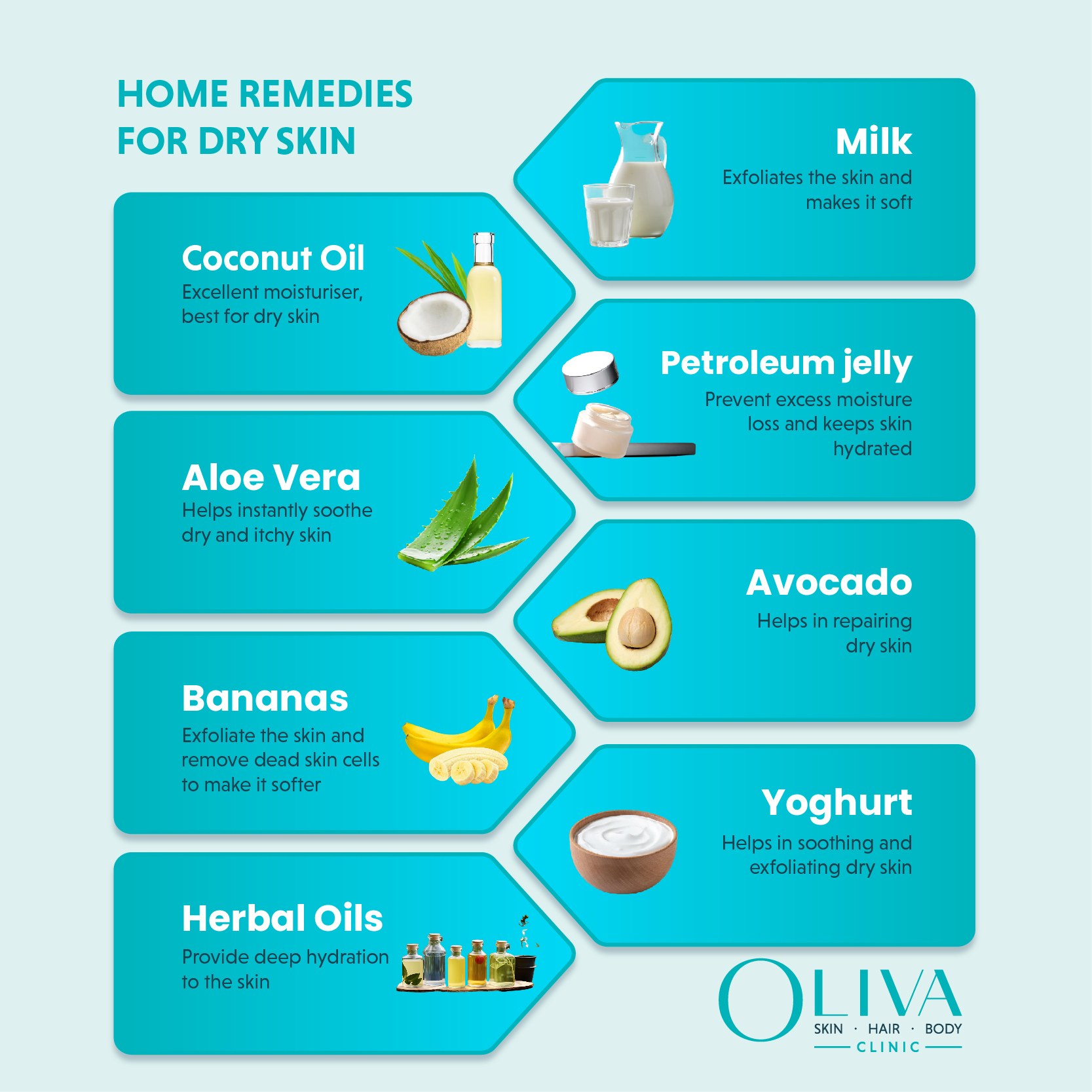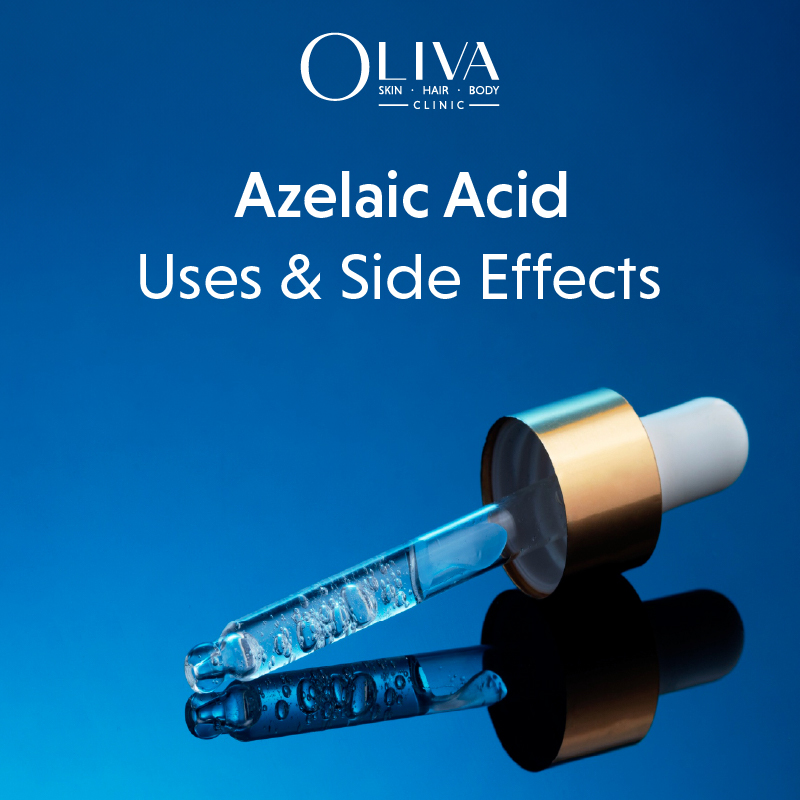In This Article Show
Saggy Skin – Types, Causes, Treatments, Cost & Tips
With age, the skin not only develops fine lines and wrinkles, but also starts to become loose and saggy. Let us look at how and why exactly this sagging occurs and the various treatment options that are available for getting rid of it.
In This Article Show

What Is Saggy Skin?
Skin that has become loose and tends to hang is called saggy skin. This is highly noticeable on the face, especially at the jawline and also on the neck. Apart from the sagging skin on the face, even the skin on the other parts of the body can become loose and start to sag. Common body areas where sagging skin is observed includes hands, arms, chest, underarms, and lower abdomen.
Saggy skin usually starts to develop in the 30s, and the looseness of the skin increases with age. Let us understand the causes of sagging skin and some treatments to tighten.
Types Of Lasers Used To Reduce Loose Skin
Of all the latest technologies used to perform this procedure, the following are most popularly used laser devices –
- Fraxel Laser – This is a non-ablative, erbium type fractional resurfacing laser that works well to tighten the sagging skin f orall ages, and also reduces the appearance of fine lines and wrinkles.
- CO2 Laser – A fractionated carbon dioxide laser shows better results in people above the age of 50 as it penetrates into the deeper layers of the skin.
- Titan – This utilizes an infrared laser to tighten the sagging skin and achieve a 3-dimensional rejuvenation of face and body without any surgery.
- Nlite – Yellow light beam is used to stimulate collagen production in the skin. It suits all age groups and is hence suitable for getting rid of loose skin in young people as well.
Must Read: Can Laser Treatments Tighten Lose Skin?
What Causes Of Saggy Skin?
Our skin experiences damage from various factors over the course of life. These factors are both internal and external, and exert effects on the skin that make it lose its elasticity and suppleness. The toned skin that is normally present, becomes loose and saggy.
Here are the main causes of sagging skin –
- Age: Collagen and elastin are supporting connective fibres present in the skin and are responsible for giving it tensile strength. They are produced by the body and impart the skin with smoothness, elasticity, and also the ability to bounce back from the various facial expressions. With increasing age, the production of these fibres diminishes, causing wrinkles to form initially. As time passes, the skin starts to lose more of its elasticity and becomes loose. This loose skin starts to sag due to the natural pull of gravity.
- Sun Damage: Soaking in too much sun can damage your skin and transform it into saggy and dull skin. The ultraviolet rays of the sun break down the collagen and elastin fibres in the skin. Thus, eventually causing the skin to lose its toned and supple appearance. Sun damage enhances the process of aging and can make your skin saggy before time.
- Weight Loss: When a large amount of weight is lost in a short period of time, say by crash dieting or bariatric surgery, the skin remains as stretched as it was with the excess fat. Once the underlying fat is lost, the stretched skin has nothing to adhere to and starts to sag.
- Smoking: Apart from these major reasons, smoking is a major factor that can increase the breakdown process of collagen and elastin, and cause premature sagging of skin.
How To Tighten Saggy Skin?
- Facelift (Rhytidectomy): A facelift to tighten the jawline and other droopy skin areas of your face or plastic surgery for your body are surgical skin tightening treatments. They involve cutting the skin’s surface, removing any excess skin, and repositioning the rest to give the entire skin area an uplift and toned look. While these treatments work, the risks associated with surgery prevail. To prevent these side effects of surgical skin firming treatments, the latest technology available in the field of cosmetic dermatology offers a wide variety of non-surgical options to tighten the sagging skin on face and also the rest of the body.
- Laser Skin Resurfacing: This skin tightening treatment is non-surgical and utilizes the energy from a non-ablative laser beam to tighten the skin. The main principle behind this procedure is controlled thermal injury, where the light energy from the laser beam is converted to heat energy when it encounters the skin’s various layers. This helps in stimulating the collagen and thus promoting the production of new cells. This leads to a tightening effect on the sagging and loose skin.
Must Watch:
- Radio Frequency(RF): RF Skin Tightening uses radiofrequency energy to improve the production of collagen in the skin. Compared to laser skin tightening, multiple sessions (2-6 on an average) are required to see substantial results. It is a safe and FDA approved treatment for getting rid of sagging skin on the face and the body. This procedure does not have any downtime.
Must Watch:
- Ultherapy To Lift & Tighten Your Skin: Ultherapy is an ultrasound skin tightening equipment in which ultrasound energy penetrates into the skin and is transformed to heat energy. This heat so generated, boosts the production of collagen and helps in skin tightening. Sagging skin seen as an early sign of aging can be treated by using this therapy. Like the other non-surgical skin tightening treatments, this is also a ‘lunch time’ procedure with no downtime.
- Chemical Peels: A plant based chemical solution would be applied on the skin to remove the top wrinkled and saggy layer, and reveal the fresh and toned skin present below. Deep chemical peels help in controlled skin exfoliation and penetrate beyond the superficial skin layer and exert a skin tightening effect by improving collagen production to a certain level. These peels contain strong acids, and an expert dermatologist should only carry out the process. Here a few chemical peels used for treatment of sagging skin –
- Phenol Peel – Carbolic acid is used in this peel to exfoliate the superficial skin layers and make the skin smoother and toned in appearance.
- High Concentration TCA Peel – Trichloroacetic acid is applied on the skin, and it helps to remove wrinkles and tone up the skin.
How Laser Skin Tightening Works?
Laser Skin Tightening is performed at a cosmetic skin clinic by a qualified dermatologist in the following steps
- Firstly, the skin area to be treated is cleaned to remove any makeup, excess oils, and creams that were applied.
- A topical anesthetic cream is applied and is allowed to sit for half an hour to one hour.
- After this, the dermatologist treats the area using the laser.
The procedure takes 30 minutes to an hour, thus giving the process the title of a ‘lunch hour procedure’. You can return to your regular schedule immediately after the session has been completed, because most skin tightening treatments do not have any downtime.
Must Read: Laser Skin Treatments In India
Cost Of Laser Skin Tightening Treatment In India
On an average, the cost per session can range between Rs.9,000 to Rs.20,000. Various factors can affect the cost of laser skin tightening treatment. A major factor is the type of laser and associated equipment, that is going to be used for the procedure. The best skin clinics use the latest equipment so that high-quality results are seen in their clients. The level of sagging present, skin type and the number of sessions that will be required, are other factors that play a key role.
Before And After Results
Before going through a session of laser skin tightening, the skin is loose, sagging, and has lost its natural glow. After the very first treatment, you can notice changes in your skin. Fine lines and wrinkles start to fade, and the skin will appear toned and more firm than before. After a couple of weeks, maximum skin tightening results will be seen. Firm and supple skin that has a glow is the end result.
Do Skin Tightening Medicine Help?
Unfortunately, there are no medications available yet, that can tighten the sagging skin. The closest to medications would be to take vitamin supplements. Some key vitamins that you can consume are –
- Vitamin C as it plays a vital role in the synthesis of collagen
- Vitamin A as it helps to maintain the skin’s structure
- Vitamin E because it helps to keep the skin nourished and supple
According to your current diet and lifestyle, a dermatologist is best to recommend the appropriate dosage of these vitamins.
Is Laser Skin Tightening Safe? What Are The Side Effects?
Laser Skin Tightening is a safe treatment, which employs equipment that has been approved by the FDA. The treatment does not involve cutting or burning the skin and hence, has minimal side effects. Mild redness and swelling may be present, but this subsides in a few hours. The skin feels warm for a few hours after the procedure.
The only side effect or risk factors associated with laser skin tightening is, the increased sensitivity to light for a week or so, after the session. This can be easily managed by applying copious amounts of sunscreen and staying away from the sun, as much as possible.
Tips To Tighten Loose Skin
While, so far, the sections in this post have covered the various non-surgical treatments that can tighten sagging skin; there are a couple of tips that can be kept in mind to prevent sagging skin as well. These tips are recommended by the best dermatologists –
- Drink plenty of water (1-2 litres) in a day to keep the skin hydrated from within.
- Healthy oils such as olive oil and fatty fish like salmon contain omega fatty acids, which help the skin stay moisturized. Fish oil supplements are a good alternative if you cannot add these items to your diet.
- Eat food rich in antioxidants as these help fight the free radicals responsible for causing skin damage and destroying collagen. Some examples are bell peppers, broccoli, citrus fruits, tomatoes, and blueberries.
- Protein-rich food like chicken, lean meat, tofu, soya, and legumes can help in the collagen production process, and should be included in appropriate amounts in the diet. Your dermatologist can guide you in more detail about further specific additions that you can make to your diet.
- Since sun damage is one of the causal factors for saggy and aging skin, avoid sun exposure as much as possible. It is best if the sun is avoided between 10 a.m. and 3 p.m. You can also cover the face with a scarf or use a hat to prevent direct sunlight hitting your face.
- Apply sunscreen that has been approved and suggested by a dermatologist. Generally, a lotion with an SPF of 30 to 40 and UV protection is recommended. This should be applied 20 minutes before stepping out into the sun. If you are going to be out in the sun for prolonged hours, sunscreen reapplication is a must every three hours.
- Keep your skin moisturized at all times with a cream or lotion that is suitable for your skin type.
Sagging skin is not only a sign of aging skin, but also can be seen during the early years due to extreme and sudden weight loss. Irrespective of what the reason behind saggy and loose skin is, simple non-invasive treatments that can be conveniently completed in under an hour, can make your skin look young, supple, and firm again. Consult an experienced dermatologist to know which treatment will work best for you.








